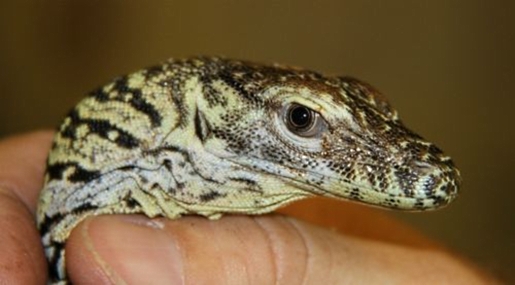

Most of them died out after contact with the modern humans. Their size has nothing to do with being on a relatively small island. They had their origin in Australia nearly four million years ago, and spread later to much of Indonesia. These lizards have been about the same size for nearly a million years. The fossil record shows that the Komodo is the last of a group of lizards called varanids. People also thought they were big because of their low metabolic rate. Therefore they did not have to compete with other similar animals for the same food and places to live. People used to think they were very big because there are no other large, meat-eating animals on the islands where they live. Komodo Dragons can live as long as 50 years. The people who live in Komodo Island call them ora, buaja durat (land crocodile) or biawak raksasa (giant monitor). It can also be called the Komodo monitor or the Komodo Island monitor by some scientists, but this is not very common.

Komodo National Park was made to help protect Komodo dragons. Indonesian law does not allow hunting these lizards. There are very few Komodo dragons still alive on their home islands. They are very popular animals in zoos because they are very big and look scary. Western scientists first saw Komodo dragons in 1910. Komodo dragon bites can be very dangerous, and they sometimes attack people. They grow to an average length of 2–3 meters (approximately 6.5–10 ft) and weigh around 70 kg (154 pounds). The Komodo dragon ( Varanus komodoensis) is a species of lizard that lives in the Indonesian islands of Komodo, Rincah, Flores, Gili Motang, and Gili Dasami.


 0 kommentar(er)
0 kommentar(er)
